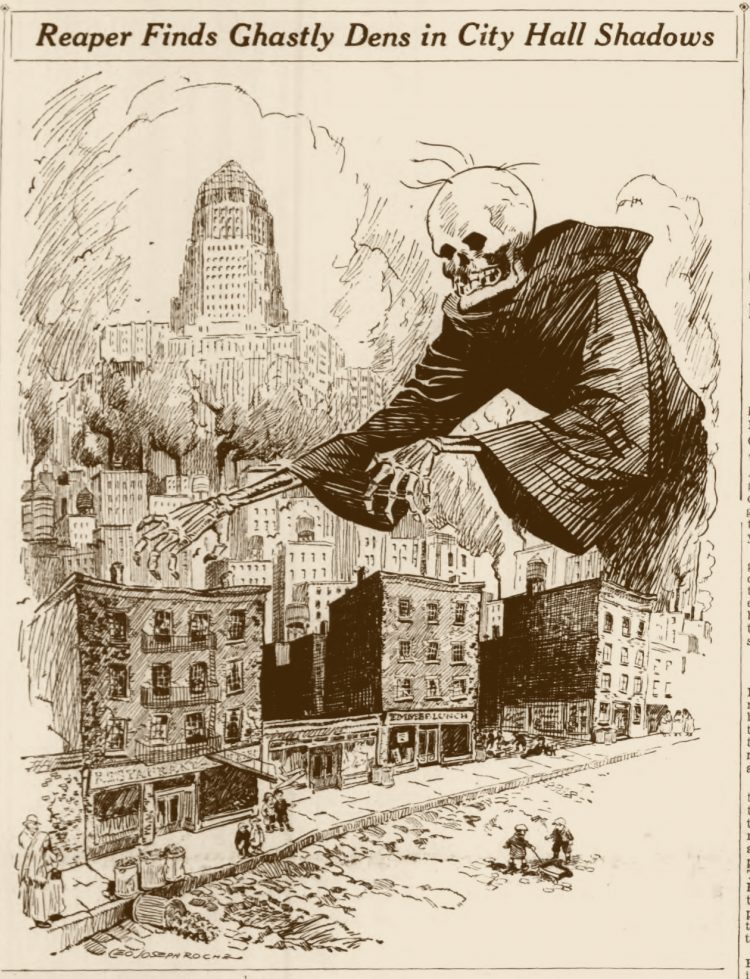 By Steve Cichon
By Steve Cichon
steve@buffalostories.com
@stevebuffalo

Excerpt from 100 Years of Buffalo Broadcasting

Only weeks before he was to be elected to his second term as president, Franklin Delano Roosevelt visited Buffalo to dedicate the city’s new federal building at Niagara Square on Oct. 17, 1936.

The visit was Roosevelt’s first time in Buffalo as Commander-in-Chief — although he had visited countless times during his four years as New York’s governor. The courthouse was a federally funded New Deal project and was designed primarily by Buffalo architect E.B. Green.
The president’s dedication was carried on radio stations WKBW, WBEN and WBNY.
“I need not compare the Buffalo of today with the Buffalo as I saw it the last time I was here,” Roosevelt said in Niagara Square. “You will recall, I am sure, those years when I had the privilege of being the chief executive of this state. Already in 1930 the problems of unemployment and depression had become severe and you will recall also that it was in 1931 that I, as governor, called the Legislature of the State of New York into special session to provide relief for the distressed unemployed of the state and New York was the first state in the Union to definitely accept the responsibilities of seeing to it that as far as the state’s resources could prevent it, none of its citizens who wished to work would starve.”









This page is an excerpt from 100 Years of Buffalo Broadcasting by Steve Cichon

The full text of the book is now online.
The original 436-page book is available along with Steve’s other books online at The Buffalo Stories Bookstore and from fine booksellers around Western New York.
©2020, 2021 Buffalo Stories LLC, staffannouncer.com, and Steve Cichon


